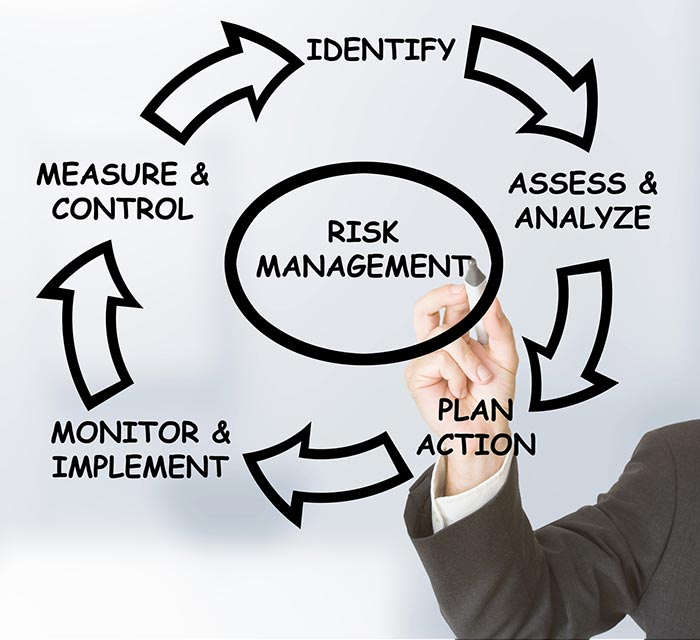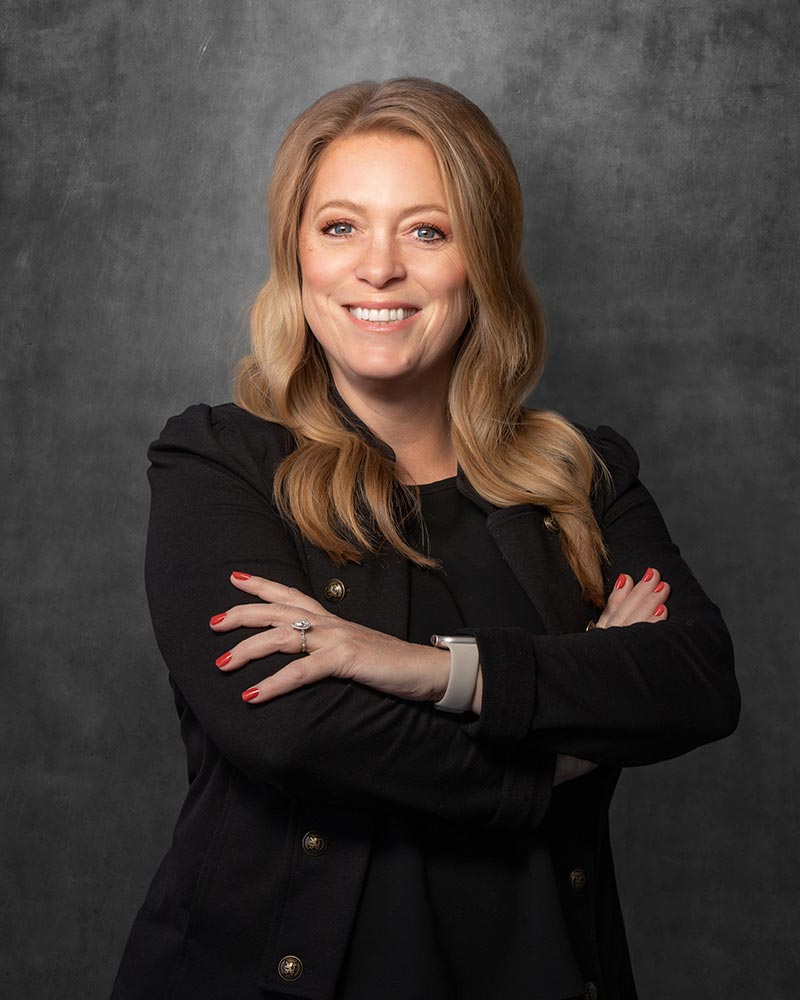Controlling The Risk
Predicting the Risk to Prevent the Loss
It is the goal of the Risk Control Services team to assist and support its member counties in providing a safe and healthy environment for the public as well as for employees while reducing losses through effective risk control strategies.
Risk control is a plan-based business strategy that aims to identify, assess, and prepare for any dangers, hazards, and other potentials for disaster—both physical and figurative—that may interfere with an organization’s operations and objectives. Objectives can be reached by ensuring that new and on-going risks are continually identified, assessed, managed, and monitored.
The Most Effective Way to Minimize Loss is by Controlling the Risk
Trindel Risk Control Service’s team offers services to our member counties in order to assist them in maintaining an effective risk control program. Risk Control Services are available to our members and include but are not limited to the following.
- Safety training and resources
- Leadership supervisor training
- Human resource consulting
- Risk management consulting
- Program and policy research and development
- Policy, procedure, and guideline
- Incident/hazard investigation and inspection
- Risk control services audit
If a risk control and/or safety issue arises that is not currently addressed by existing services, staff will work with the member to provide the services to address that need.

Risk Management Process
We manage these services to assure fiscal soundness, superior service, stability of cost, effective loss prevention and education programs to benefit and meet the public, the employee and the counties’ needs.
Identifying Risk
Risks can result from an accident occurring or from passively stumbling across vulnerabilities. Sometimes an issue is discovered through implemented tools and control processes that raise red flags. Being proactive rather that reactive is always the best approach to reducing risk.
Assessing Risk
Once potential risks have been identified, each risk should be assessed to determine the likelihood of it becoming a concern. Trindel studies each risk’s level of severity, and the probable impact. This also helps audit teams to prioritize. Risk should be assessed on a continuous basis.
Responding to Risk
After assessing risks, the next part of the process involves developing and implementing treatments and controls that will enable the county to address risks appropriately, effectively and in a timely manner.
Monitoring Risk
Risk monitoring is the ongoing process of managing risk by tracking risk management execution, as well as continuing to identify and manage new risks. Monitoring risks enables prompt action if the likelihood, severity, or potential impact of a risk exceeds acceptable levels.



